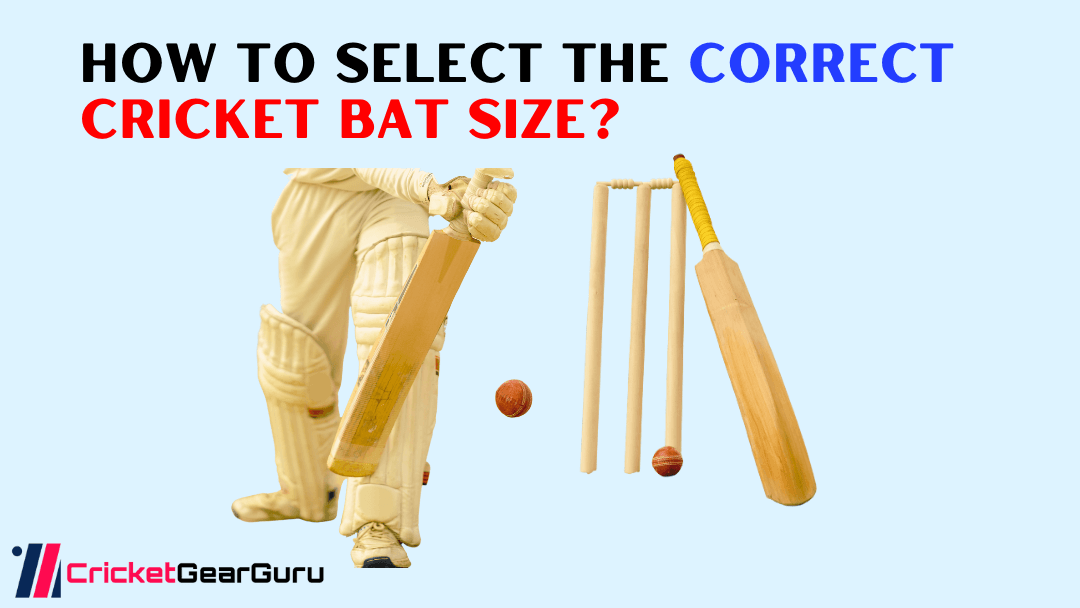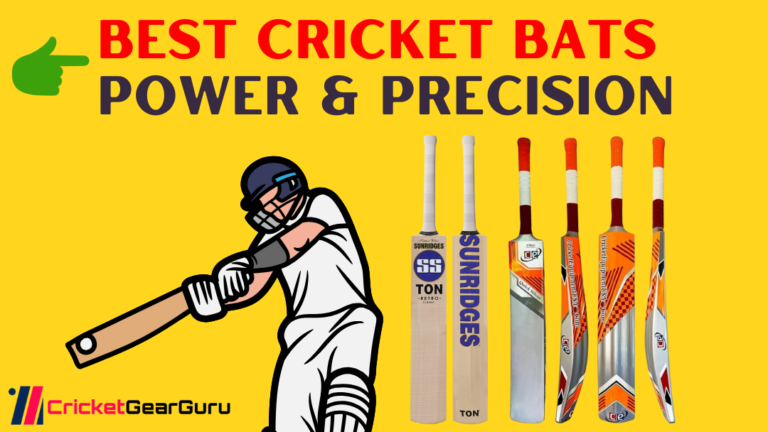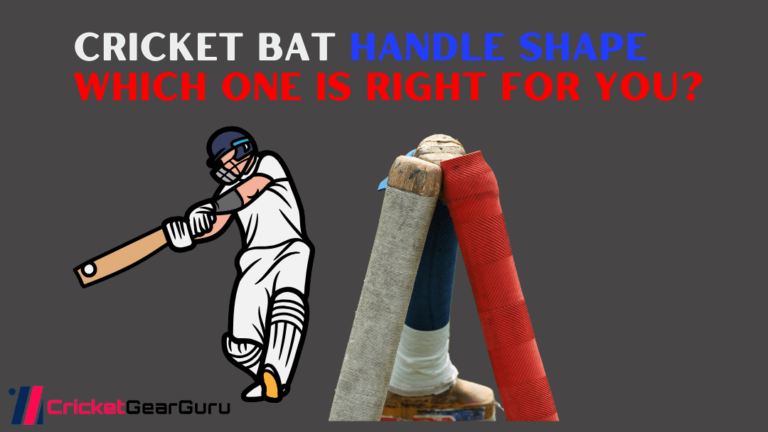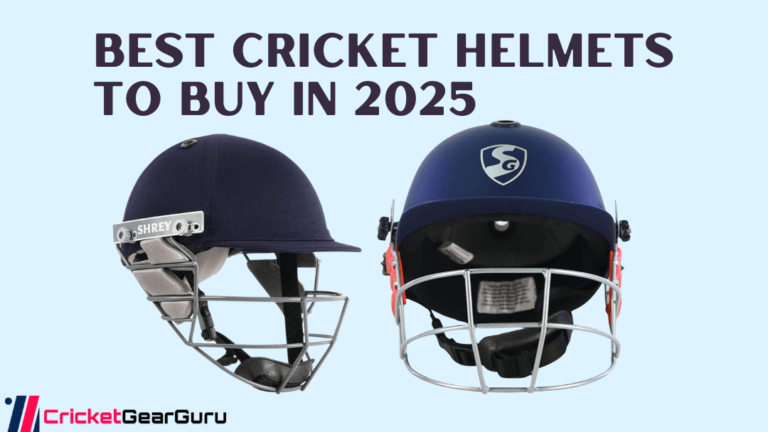Choosing the perfect cricket bat size can feel like a daunting task, especially if you’re new to the game. Trust me—I’ve been there. When I first started playing cricket, I picked a bat that looked cool but was way too heavy for my style. It felt like swinging a tree trunk! Over time, though, I learned that finding the perfect bat isn’t just about aesthetics or brand names—it’s about comfort, control, and how well it complements your playing style.
In this guide, I’ll walk you through everything you need to know about selecting the correct cricket bat size. Whether you’re a beginner, an aggressive hitter, or someone who prioritizes finesse over power, we’ll cover all the bases (pun intended). By the end of this article, you’ll have the confidence to pick a bat that feels like an extension of yourself on the pitch.
Why Choosing the Right Bat Size Matters
Before diving into specifics, let’s talk about why getting the right bat size is so important. Your cricket bat is more than just equipment—it’s your partner in every match. A poorly sized bat can lead to discomfort, poor performance, and even injuries. On the flip side, a well-fitted bat enhances your swing, improves shot accuracy, and boosts your overall confidence.
Think of it this way: Would you wear shoes two sizes too big while running a marathon? Probably not. The same logic applies to cricket bats. So, let’s break down how to find the perfect fit for you.
Height as a Starting Point
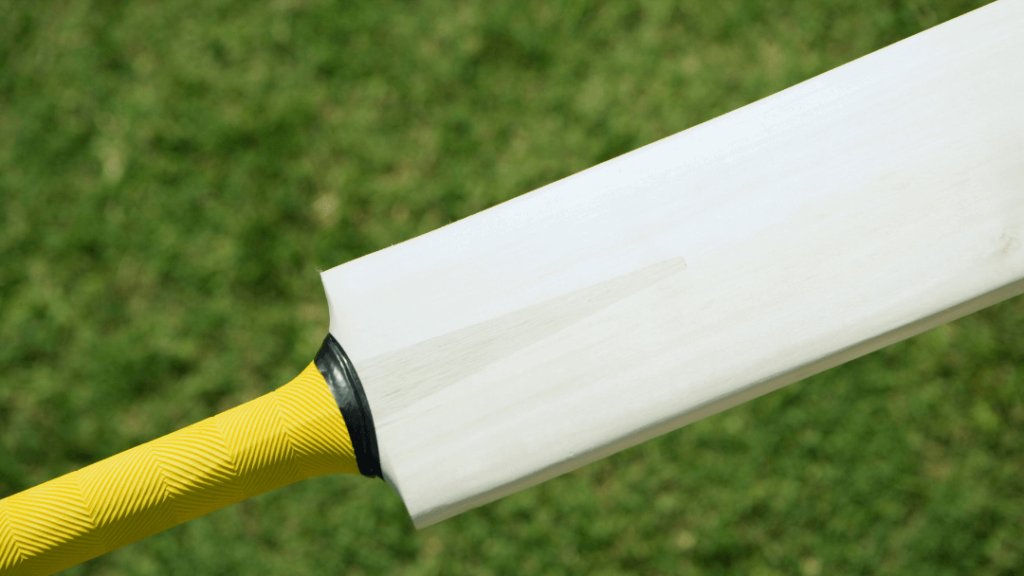
The first step in choosing the right cricket bat size is considering your height. Taller players generally benefit from longer bats because they allow them to reach the ball comfortably without overextending. Conversely, shorter players often prefer bats with shorter handles for better control and ease of movement.
How to Measure Yourself for a Bat
✅ Stand upright with your feet shoulder-width apart.
✅ Hold the bat vertically next to your body.
✅ The top of the handle should align with your hipbone or belly button. If it doesn’t, try a different size.
I remember helping my younger cousin pick his first bat. He was eager to get something flashy and oversized, but when he held it up, the handle nearly reached his chest! We quickly realized that wasn’t going to work. Instead, we found a smaller bat that matched his height perfectly—and his batting improved almost instantly.
Playing Style Considerations
Your playing style plays a huge role in determining the ideal bat size. Are you an aggressive batsman who loves smashing boundaries? Or do you focus on precision and finesse? Let’s explore how these preferences influence your choice.
Aggressive Batsmen: Power Over Precision
If you’re someone who thrives on hitting sixes, you might lean toward a heavier bat with a larger sweet spot. These bats are designed to maximize power transfer, making them perfect for explosive shots. However, keep in mind that heavier bats require stronger arms and wrists to wield effectively.
When I switched to a slightly heavier bat during a club tournament, I noticed a significant increase in my hitting power—but only after building up my strength. If you’re thinking of going this route, make sure you train accordingly.
Precision Batsmen: Control Is King
On the other hand, if you value technique and shot placement, a lighter bat might be your best bet. Lighter bats offer better maneuverability, allowing you to adjust your stance and timing with ease. They’re also great for defensive play and quick singles.
One season, I decided to experiment with a lightweight bat. At first, I missed the raw power of my previous bat, but soon I discovered how much easier it was to place shots precisely where I wanted them. It completely transformed my approach to the game.
Cricket Bat General Size Guide by Age and Height
While personal preference is key, there are some general guidelines based on age and height that can help narrow down your options. Here’s a quick breakdown:
Cricket Bat General Size Guide by Age and Height – Junior

Cricket Bat General Size Guide by Age and Height – Senior

Personal Experience:
When I turned 16, I upgraded from a Size 6 bat to a Harrow model. It felt like stepping into a new phase of my cricket journey. By the time I hit college, I’d settled on a Short Handle bat that suited my height and style perfectly.
Personalization Is Key
At the end of the day, no size chart or guideline can replace hands-on experience. The best way to determine the right bat size is to test multiple options. Visit a sports store, hold different bats, and simulate swings. Pay attention to how each one feels—does it feel natural, or does it strain your arms?
Don’t shy away from customizing your choice either. Some manufacturers offer personalized bats tailored to your exact specifications. While these may come at a premium price, they’re worth considering if you’re serious about improving your game.
Pro Tip: Always prioritize comfort over trends. Just because a particular bat looks stylish doesn’t mean it’s right for you.
Additional Factors to Consider for Cricket Bat Size
While size is the primary factor, don’t overlook these secondary considerations:
✅ Weight Distribution: Decide whether you want a bat with a balanced weight distribution (evenly spread across the blade) or one with a bottom-heavy design (for added power).
✅ Material Quality: English willow bats are prized for their performance, while Kashmir willow offers affordability and durability.
✅ Budget: Set a realistic budget before shopping. Remember, the most expensive bat isn’t always the best fit for you.
Conclusion: Find Your Perfect Fit and Dominate the Pitch
Selecting the correct cricket bat size is a blend of science and personal preference. Start with your height and playing style, then refine your choice through trial and error. With the right bat in hand, you’ll notice improvements in your technique, confidence, and overall enjoyment of the game.
So, take your time, visit stores, and ask questions. And remember, the perfect bat isn’t just about stats—it’s about finding the one that feels like home in your hands. Now go out there and smash those boundaries!
FAQs on Cricket Bat Size Guide
What is the right cricket bat size for me?
The right cricket bat size depends on your height and age. Use a size guide to match your height with the appropriate bat length. For example, players under 4’3″ typically use size 4, while adults over 5’8″ use size 6 (full size).
How do I measure a cricket bat size?
Stand the bat next to you. The top should reach just below your hip. If it’s too long or short, it may affect your grip and performance.
What happens if I use the wrong cricket bat size?
Using the wrong size can lead to poor performance, discomfort, or injury. A bat that’s too heavy or long strains your arms, while a short bat limits reach and power.
Can kids use adult-sized cricket bats?
No, kids should use junior-sized bats (sizes 4 to 6) based on their height and age. Adult bats are too heavy and long for children.
How do I choose a cricket bat for a beginner?
Choose a lightweight bat that’s easy to handle. Focus on the correct size based on height and age. A smaller bat helps develop proper technique and control.
What is the standard cricket bat size for adults?
The standard size for adults is size 6 (full size), suitable for players over 5’8″. Ensure the bat weight feels comfortable for your strength and playing style.
How heavy should a cricket bat be?
Most adult bats weigh between 2.7 to 3.0 lbs (1.2 to 1.4 kg). Choose a weight that feels balanced and allows quick swings.
Does cricket bat size affect performance?
Yes, the right size ensures better control, balance, and shot accuracy. A poorly sized bat can hinder your batting technique and power.
What is the difference between Harrow and full-size cricket bats?
Harrow bats (size 5) are smaller and lighter than full-size bats (size 6). They are designed for teenagers transitioning from junior to adult bats.
How do I know if a cricket bat is too heavy?
If you struggle to lift or swing the bat comfortably, it’s too heavy. A heavy bat can slow your reaction time and cause fatigue.
Can I cut a cricket bat to make it smaller?
No, cutting a cricket bat can damage its structure and balance. Instead, choose the correct size based on your height and age.
What size cricket bat should a 12-year-old use?
A 12-year-old typically uses a size 5 (Harrow) or size 6 (full size) bat, depending on their height. Refer to a size chart for the best fit.
How do I check the balance of a cricket bat?
Hold the bat at the base of the handle and let it rest on your palm. A well-balanced bat feels light and easy to maneuver.
What is the best cricket bat size for power hitting?
For power hitting, choose a full-size bat (size 6) with a medium weight (2.8 to 3.0 lbs). Ensure the bat feels balanced and allows quick swings.
Can I use a cricket bat that’s slightly bigger?
Using a slightly bigger bat is not recommended. It can affect your grip, control, and shot accuracy. Always choose a bat that matches your height.
What are the different cricket bat sizes available?
Cricket bat sizes range from 0 (for young kids) to 6 (full size) for juniors, with Harrow, Short Handle (SH), and Long Handle (LH) for adults.
What does “Harrow” size mean in cricket bats?
Harrow size is a transition between junior and adult bats, suitable for players between 5’5″ and 5’7″. It’s slightly heavier and longer than a size 6 bat.
What is the difference between short handle and long handle cricket bats?
Short handle (SH) bats are for players between 5’9″ and 6′, while long handle (LH) bats suit taller players above 6′. LH bats offer better reach and leverage.
How important is bat weight when choosing a cricket bat?
Bat weight impacts swing and control. Lighter bats (2lb 7oz to 2lb 9oz) suit quick footwork, while heavier bats (2lb 13oz+) offer power but require more strength.

